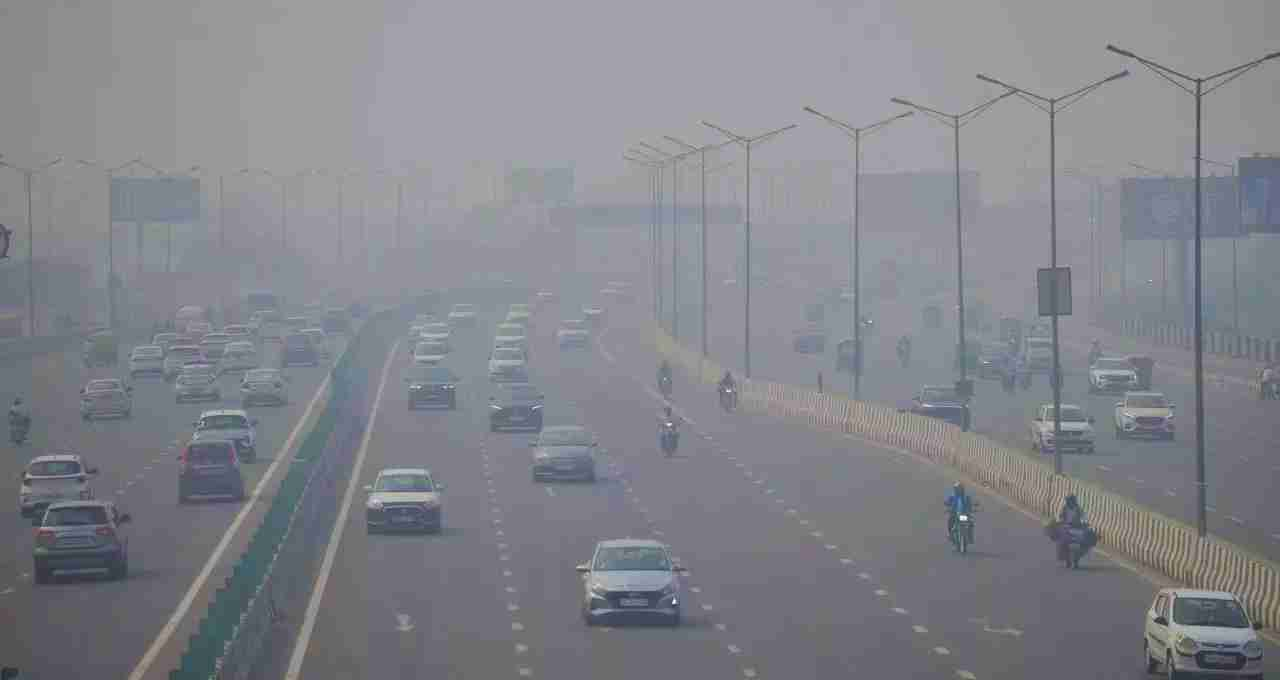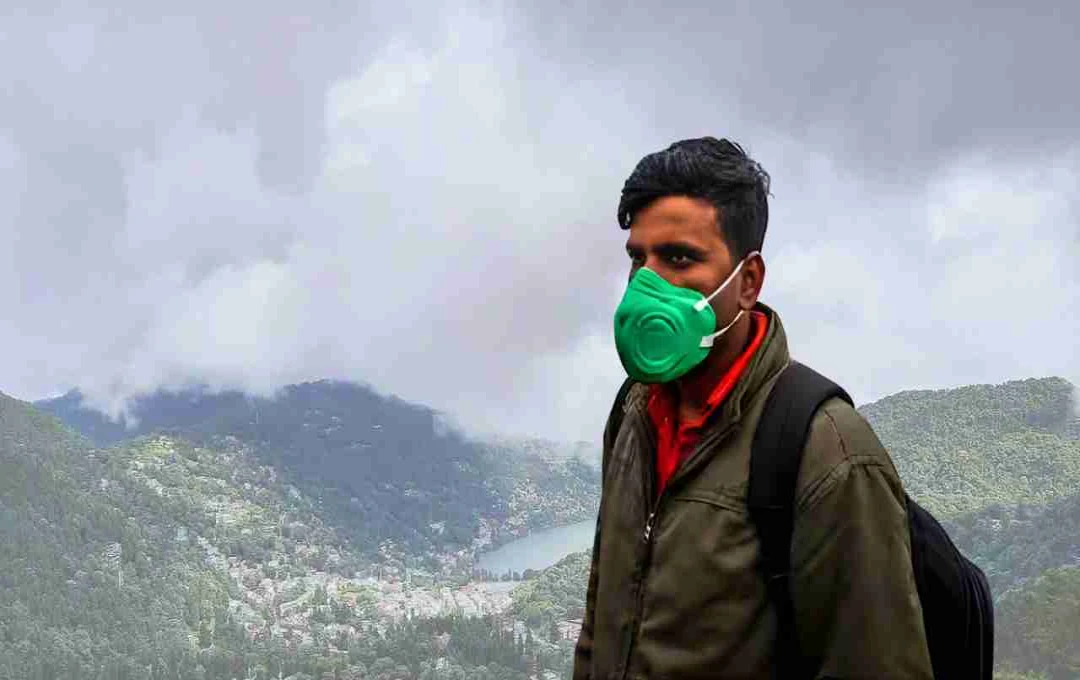Air pollution in Dehradun, Rishikesh, and Kashipur in Uttarakhand has risen to dangerous levels. Dust and vehicular smoke are identified as the primary causes. The State Pollution Control Board has issued directives to expedite improvement work.
Dehradun: Air quality in Uttarakhand's major cities – Dehradun, Rishikesh, and Kashipur – has reached dangerous levels recently. According to the latest report from the State Pollution Control Board (PCB), increasing dust and vehicular smoke have become the primary contributors to air pollution. This directly impacts people's respiratory and lung health, with PM-10 and PM-2.5 levels found to be significantly above prescribed standards in several locations.
Dust and Vehicular Smoke Emerge as Primary Causes
Dust levels in the capital city, Dehradun, have increased alarmingly. A PCB study revealed that road dust is responsible for approximately 56 percent of the rise in the city's PM-10 levels. Furthermore, forest fires, vehicular emissions, and construction activities are also contributing to the pollution.
The local administration stated that guidelines have been issued to address accumulated roadside dust and open construction activities in several parts of the city. Nevertheless, increasing traffic and dry weather conditions have further intensified the challenges of pollution control.
Vehicular Smoke Exacerbates Issues in Rishikesh

Rishikesh, the primary gateway to the Char Dham Yatra, experiences heavy vehicular movement during the pilgrimage season, which has become a significant source of pollution. According to data, dust accounts for 40 percent and vehicular smoke for 17 percent of the city's total pollution.
The municipal administration has devised plans for traffic control and the creation of alternative routes. Furthermore, efforts are ongoing to enhance greenery and control dust through water sprinkling in congested areas.
Industrial Smoke Poses Major Challenge in Kashipur
Air quality in Kashipur also requires improvement. Smoke emanating from industries and construction activities are identified as primary sources of pollution here. According to the PCB report, dust contributes 35 percent and industrial activities account for 15 percent of the city's pollution.
The administration has instructed industrial units to install emission control equipment. Additionally, inspection teams have been tasked with regularly monitoring industrial areas.
₹94 Crore Budget Approved Under NCAP
Under the National Clean Air Programme (NCAP), a budget of ₹94 crore has been allocated for air quality improvement in Dehradun, Rishikesh, and Kashipur. This funding will cover initiatives such as road dust control, increasing green cover, and installing air monitoring equipment.
According to Dr. Parag Madhukar Dhakate, Member Secretary of the PCB, “The government's goal is to achieve a 25 percent improvement in the air quality of these cities by September 2025.” Rishikesh securing the 14th position and Dehradun the 19th position in the recent nationwide Clean Air Survey is seen as an indicator of the success of these initiatives.














